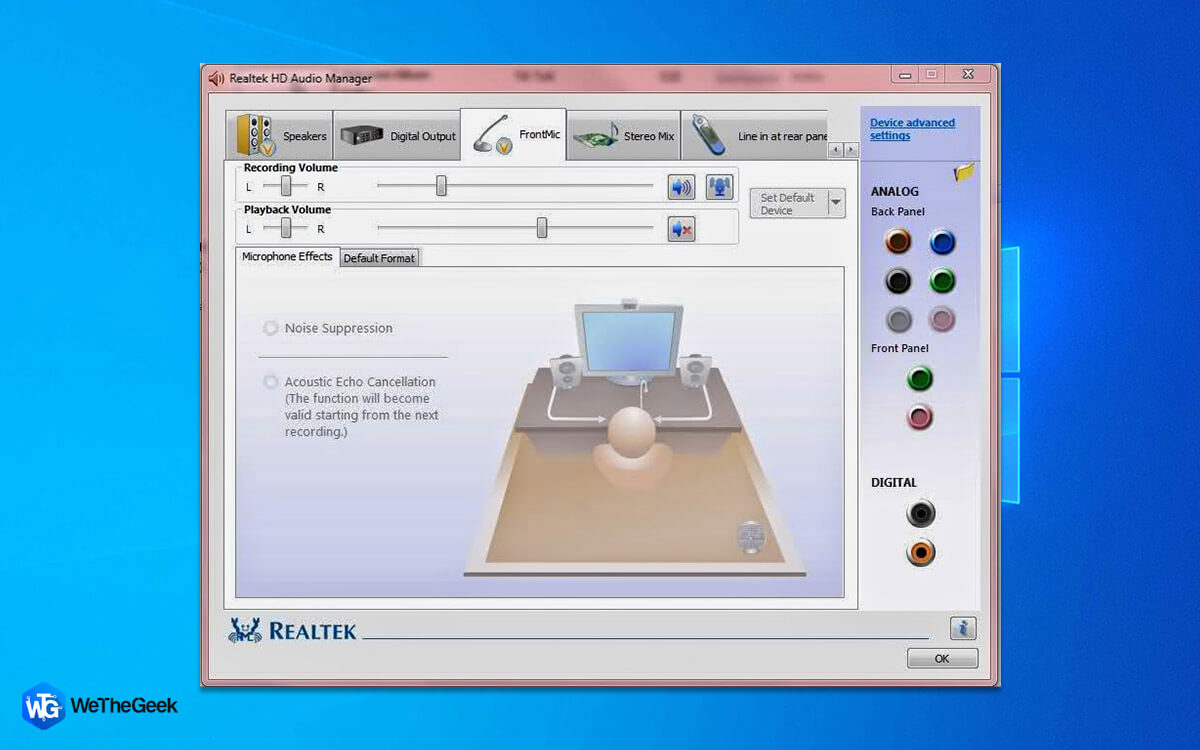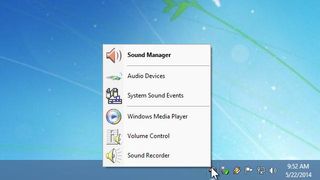
- INSTALL REALTEK HD AUDIO DRIVER WINDOWS 10 HOW TO
- INSTALL REALTEK HD AUDIO DRIVER WINDOWS 10 INSTALL
- INSTALL REALTEK HD AUDIO DRIVER WINDOWS 10 FULL
- INSTALL REALTEK HD AUDIO DRIVER WINDOWS 10 FREE
INSTALL REALTEK HD AUDIO DRIVER WINDOWS 10 FREE
If you have any questions, ideas or suggestions, feel free to leave a comment below.
INSTALL REALTEK HD AUDIO DRIVER WINDOWS 10 INSTALL
Or click Update All to automatically download and install the correct version of all the drivers that are missing or out of date on your system (this requires the Pro version – you’ll be prompted to upgrade when you click Update All).

Driver Easy will then scan your computer and detect any problem drivers.ģ) Click the Update button next to the flagged Realtek audio driver to automatically download the correct version of this driver, then you can manually install it (you can do this with the FREE version).
INSTALL REALTEK HD AUDIO DRIVER WINDOWS 10 FULL
But with the Pro version it takes just 2 clicks (and you get full support and a 30-day money back guarantee):Ģ) Run Driver Easy and click Scan Now. You can update your drivers automatically with either the FREE or the Pro version of Driver Easy. You don’t need to know exactly what system your computer is running, you don’t need to risk downloading and installing the wrong driver, and you don’t need to worry about making a mistake when installing. If you don’t have the time, patience or computer skills to download and update the driver manually, you can do it automatically with Driver Easy.ĭriver Easy will automatically recognize your system and find the correct drivers for it. Option 2 – Automatically update Realtek audio drivers Once you’ve downloaded the correct drivers for your system, double-click on the downloaded file and follow the on-screen instructions to install the driver.

You can go to the Realtek website, find the drivers for your your system version and download the them manually. Option 1 – Download and install the driver manually You’re all done with just a couple of mouse clicks – easy even if you’re a computer newbie. Option 2 – Automatically (Recommended) – This is the quickest and easiest option. Option 1 – Manually – You’ll need some computer skills and patience to update your drivers this way, because you’ll need to find exactly the right driver online, download it and install it step-by-step. You can use of them to update the Realtek HD audio driver. We’ve put together two methods below for you to download and update the Realtek HD audio driver. To reinstall Realtek HD audio manager, you need to update the Realtek HD audio driver.
INSTALL REALTEK HD AUDIO DRIVER WINDOWS 10 HOW TO
How to Reinstall Realtek HD audio manager If you still can’t find Realtek audio manager, you may need to reinstall Realtek audio manager by updating your Realtek HD audio driver. Then you’ll open Realktek HD audio manager. If you can’t find Realtek HD audio manager in Control Panel, you can find it in File Explorer.ġ) Go to C:\Program Files\Realtek\Audio\HDA.Ģ) Double-click on RtkNGUI64.exe. What if you can’t find Realtek audio manager in Control Panel? If you’ve installed Realtek HD audio driver in your computer, you usually can find Realtek HD audio manager in Control Panel. Realtek HD Audio Manager is installed along with Realtek HD audio driver. How to reinstall Realtek HD audio manager You can get it back by following the tips below. in some cases, the simple windows troubleshooting system may partially fix some of the issues, but don't count on it.If you find Realtek HD Audio Manager missing on your computer, don’t worry. In conclusion, in most cases the OS is at fault directly for the major sound issues that are very hard to track/fix. At the 'Finished' screen, click 'Finish'. At the 'License Agreement' dialog, read the agreement, then, if you agree, click 'I Agree' to continue with the installation. Improvisations like disabling all effects will have bad consequences, like lower volume or even undistinguishable audio. At the 'Realtek High Definition Audio Update Ver. Disabling specific things like Dolby, DTS or EAX may partially make things better. Generally, sound is harder to tweak assuming it functions relatively correctly initially. Issues like auto-volume reduction are still unfixed practically.

But there are way more functionality problems.

In the newer 8.X and 10 versions, it's even a worse quality (but not that of a big decrease like from XP to Vista/7). Even good tweakers like SRS lost a lot of possibilities. If sound could be considered quite of good quality in XP, in Vista and 7 it lost a lot of quality due to the multiple OS layers interfering with the actual sound card functionality. Overall sound quality and functionality decreased with each major windows version since XP.


 0 kommentar(er)
0 kommentar(er)
